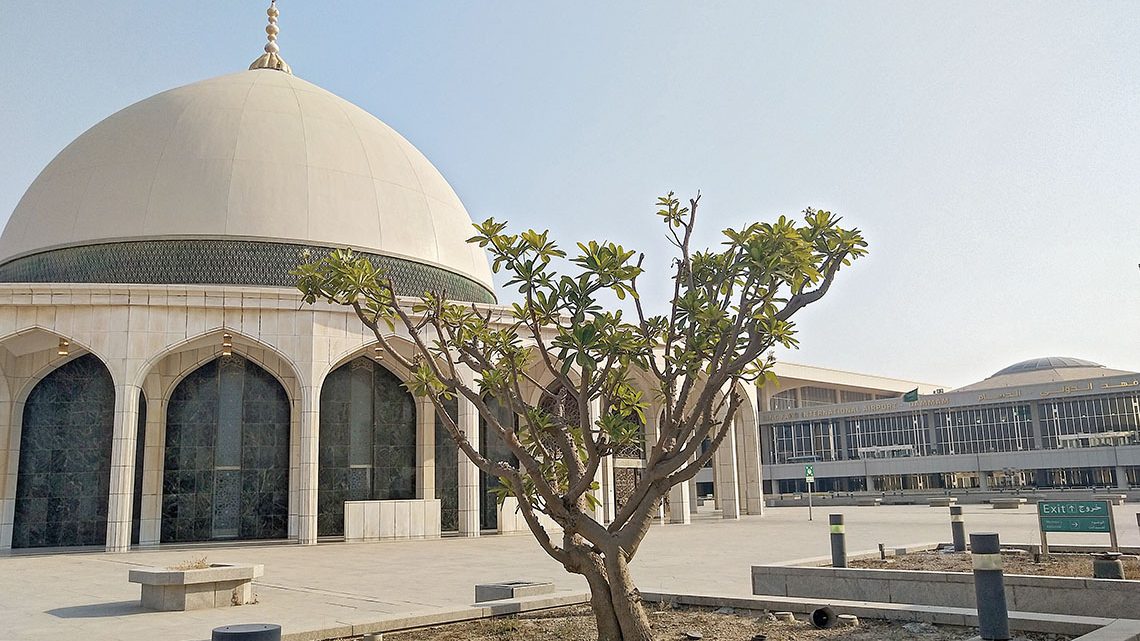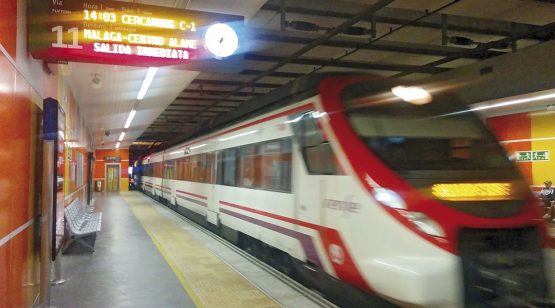Saudi Arabia, like other countries in the region, is rethinking its future as an economy less dependent on its main natural resource, oil, of which it is a world leader in production and export. Consequently, starting in 2016, the Government has been implementing social and economic reforms such as those contained in the National Transformation Plan and in ‘Vision 2030’, a national strategy in which sustainable development, understood in the broader sense –to include social, economic and environmental development– is one of the pillars. This is the context of the Sustainability Plan for the country’s third airport, King Fahd of Dammam, which Ineco developed in 2019 for the Dammam Airports Company (DACO).
The work consisted of carrying out an environmental assessment, identifying the objectives and proposing the actions and measures to achieve them, in addition to monitoring implementation and supervising the actions. This is Ineco’s second project for Dammam airport, following the Master Plan completed at the end of 2018, and it is currently working on an automated baggage-management system. Ineco has extensive experience gained over more than 15 years working in Spanish airports.
In order to develop the Sustainability Plan, Ineco’s team’s first step was to gather information, which included visits to the facilities and meetings with both airport staff and other stakeholders involved: airlines, handling companies, cleaning and service companies, etc.
The information collected was used to draw up an assessment of the environmental situation at the airport and to define the key aspects to be studied and the level of risk presented by each one: water and energy consumption, soil contamination, noise and air quality, impact on cultural heritage and the landscape, waste management, biodiversity, etc.
Once all of these elements had been analysed, the five key topics were outlined and the sustainability objectives to be achieved for each of them were defined, with a time horizon of 2030, the same target year as the national strategy ‘Vision 2030’. After the objectives of the plan had been defined, the most appropriate actions to achieve them were proposed and planned.
Lastly, the implementation, tracking and monitoring of the plan, which is vital to its success, were planned. The proposed tools to achieve this include a website developed by Ineco and hosted on DACO’s systems, which covers the different monitoring indicators of each of the actions, and the creation of several monitoring groups, made up of both technical and management staff.
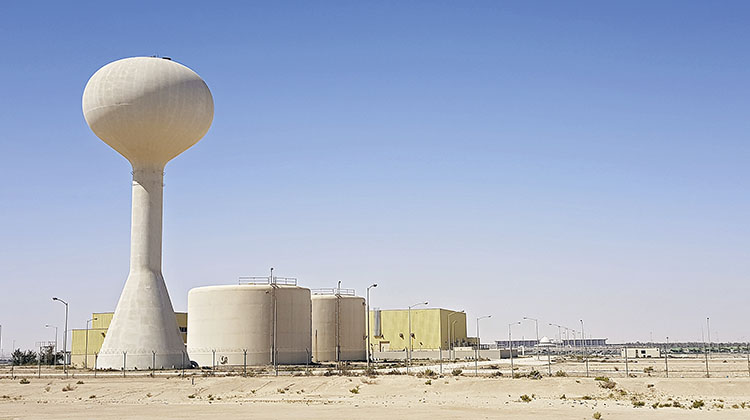
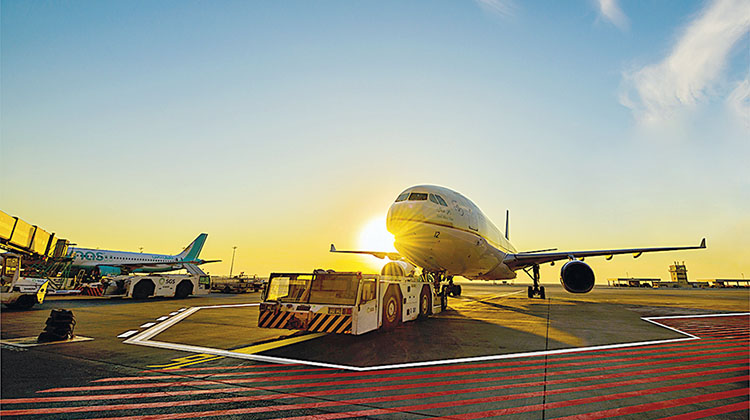
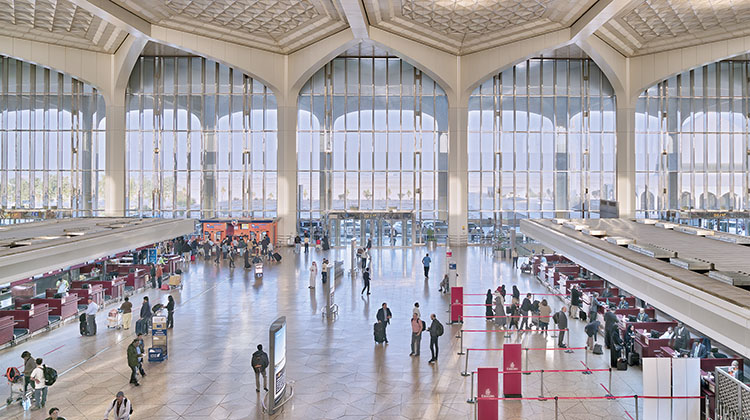
Environmental analysis of King Fahd Airport
The following elements, ranked in decreasing order of environmental risk, were analysed:
1. Key points: soil, waste and water
-
Soil
Goal: to preserve soil resources and prevent pollution and degradation of the subsoil and groundwater.
Situation and proposed actions: the King Fahd airport is constructed on ground that is made up of sandy limestone, marl, gypsum and beachrock (a type of sedimentary rock), porous materials that allow pollutants to pass through in the event of a spill. It is therefore recommended that all fuel storage tanks be checked and monitored to prevent any leaks or potential spills. -
waste
Goal: to reduce waste generation and improve management.
Situation and proposed actions: for solid waste, increasing the efficiency of storage, collection and separation is recommended, in addition to encouraging waste reduction and recycling. With regard to hazardous waste, the execution of an appropriate inventory of the type, storage, flow and quantity of waste is recommended in order to control and improve the disposal process. -
water
Goal: to improve water management and control to reduce consumption.
Situation and proposed actions: the airport is supplied by five wells, each with a capacity of 8,200 m3 per day, one of which is used exclusively for irrigation, drawing directly from the groundwater. The water from the four main wells passes through the Water Treatment Plant (WTP) and is then distributed to all of the facilities via the central pumping station (UBB). According to data provided by DACO, the total consumption of the airport in 2018 was 4.3 million m3, of which almost 3 million m3 was previously treated. With regard to the wastewater, the airport manages this very well through its sewage net which ends at a Sewage Treatment Plant (STP) to treat wastewater for subsequent reuse for irrigation.
One of the airport facilities with the highest water consumption is a large plant nursery covering more than 215,000 m2, where all of the plants used for the landscaping of the airport are grown. This nursery is supplied mainly from the STP.
management of groundwater in arid countries is an important factor in sustainable development and, to this end, recommends monitoring consumption as much divided as possible to control over the use of this resource. DACO is currently working on a new water meter installation project for each facility (phase one has already been completed and phase two is planned and underway).
2. Medium risk: air quality, fauna, energy, climate change and mobility
-
air quality
Goal: to comply with the air quality limits established in air-pollution legislation.
Situation and proposed actions: the main sources of emissions at the airport are aircraft, auxiliary power units (APUs), followed by ground support vehicles, as well as private cars for employees and passengers. All of these emissions are generated by third parties. Activities carried out by DACO that generate emissions are mainly the emergency power units (which run on fossil fuels), the vehicles used by its staff, and fire training activities. The readings collected by the monitoring stations are verified for the air quality assessment. In the case of King Fahd airport the closest stations are more than 30 kilometres away, so the Plan proposes an air quality monitoring station located closer that would make it possible to collect information that is more representative of the airport. -
Fauna
Goal: to minimise the impact on natural areas and protected species.
Situation and proposed actions: due to its location in a desert area, the main terrestrial species that live around the airport are camels, birds, reptiles, snakes and lizards. The most recent records provided by DACO, from 2018, regarding the presence of animals within the airport premises include cats and foxes. Since there is a wetland within the airport limits that attracts animals, including migratory birds, the Plan recommends the implementation of a wildlife control service to avoid potential incidents with aircrafts. -
energy
Goal: to increase energy savings and efficiency.
Situation and proposed actions: the approximate electricity consumption of the airport in recent years is 230,000 MWh/year, according to DACO data, with 30% attributed to the cost of the air-conditioning plant. In terms of fuel, the main consumers are the vehicles owned by DACO, power units and fire exercises. The main recommendation of the Sustainability Plan is metering and controlling energy consumption with the installation of individual meters, at least for the largest consumers. -
Climate change
Goal: to monitor and reduce greenhouse gas emissions.
Situation and proposed actions: in order to combat climate change, it is essential to reduce the greenhouse gas (GHG) emissions generated by the airport’s installations and activities. The Plan recommends measuring energy consumption and monitoring possible refrigerant leaks in air conditioning systems. -
Transport and mobility
Goal: expand the mobility options to connect the airport to the city.
Situation and proposed actions: since King Fahd airport can only be reached by private transport or private vehicles, the implementation of some form of collective transport system is recommended, providing significant advantages for passengers and airport staff, as well as generating environmental benefits in terms of air quality and climate change.
3. Low-impact: noise, biodiversity, land use, landscape and cultural heritage
-
Noise, flora and protected areas
Goal: to prevent and reduce damage to human health and ecosystems caused by noise pollution and to preserve flora and protected areas.
Situation and proposed actions: in all three aspects, the environmental risk is considered low since there are no residential areas around the airport; the natural vegetation cover is less than 10% of the surface area and the nearest protected areas (the Jubail marine area and the Bay of Kalij) are located 35 and 96 kilometres away, respectively. -
Land use
Goal: to ensure the compatibility of the airport development with urban planning.
Situation and proposed actions: all of the land belonging to the airport is classified as an airport/sea port, so no environmental improvement measures are required. -
landscape
Goal: to minimise the impact on the landscape.
Situation and proposed actions: the airport buildings and facilities are well integrated into the environment. -
Cultural heritage
Goal: to ensure the preservation of cultural heritage.
Situation and proposed actions: there are no places of cultural interest near the airport, so the airport activity is therefore considered to have no effect on such places. The closest UNESCO cultural heritage property is the Al-Ahsa Oasis, which is located 124 kilometres far from the airport.
A snapshot of King Fahd Airport
King Fahd International Airport was opened to commercial traffic in 1999. It is the largest airport in the world in terms of surface area, covering a total of 780 km2 (although only about 37 km2 are used). It sees annual traffic of more than 10 million passengers, almost 111 million kilos of cargo and more than 93,000 flights. It is located approximately 20 kilometres northwest of the city of Dammam. It is the country’s third largest airport, behind the airports in Jeddah and Riyadh, the capital. It has a passenger terminal for public use and another terminal reserved for the Saudi Royal Family, a large cargo area (Cargo Village) of 39,500 m2 opened in 2015, a control tower with a height of 85.5 metres and two parallel runways (34R-16L and 34L-16R), each 4,000 metres long, as well as two parallel taxiways and one crossroad.


